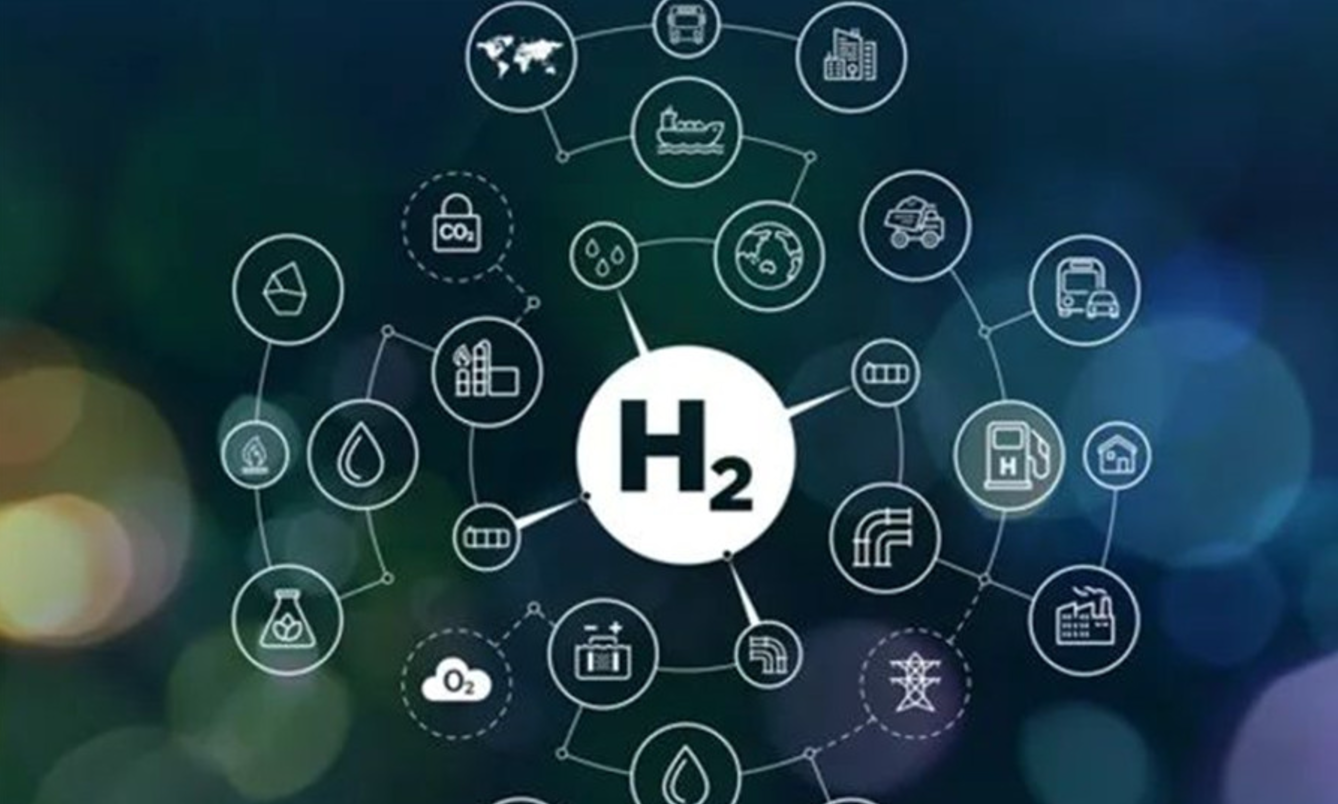
Exhibition time: 17-19 March, 2026 Shanghai, China
 中文
中文

Exhibition time: 17-19 March, 2026 Shanghai, China
 中文
中文

The global green hydrogen market size is estimated to grow by USD 46.25 billion from 2024-2028, according to Technavio. The market is estimated to grow at a CAGR of 66.83% during the forecast period. Growing adoption of clean fuel is driving market growth, with a trend towards growing focus on using clean hydrogen in refineries. However, high initial cost poses a challenge.
Green hydrogen, produced through water electrolysis using renewable energy, carries a higher initial cost compared to grey hydrogen derived from natural gas. The setup cost for a green hydrogen production plant is substantial. On average, green hydrogen costs around 2 - 3 times more than grey hydrogen. Fuel cells used for green hydrogen power are priced 1.5 - 2 times higher than their fossil fuel counterparts. As a synthetic fuel, green hydrogen's cost is nearly 5 - 7 times more than fossil jet fuel. According to The Energy and Resources Institute (TERI), the production cost of green hydrogen is approximately US¢5-US6/kg. This rate makes it economically unfeasible for industries such as steel, fertilizer, and long-range shipping to adopt green hydrogen as a fuel source.
Green hydrogen is a crucial supply in the chemical industry, primarily used for synthesizing methanol and ammonia. These chemicals are essential ingredients in manufacturing methanol, polymers, and ammonia, significantly contributing to the fertilizer sector. Green hydrogen also finds application in producing chemical compounds such as paints, synthetic fibers, nylon, polyurethane elastomers, and plasticising plastics. The chemical industry's rising demand for green feedstock or precursor molecules, like ammonia and methanol, produced using low-CO2 hydrogen and green hydrogen, is a significant growth driver. These green chemicals are further converted into high-value end-products for various sectors, including automotive, electronics, and pharmaceuticals. Additionally, methanol derived from green hydrogen is used as a direct fuel or blended fuel, such as gasoline, and in LPG streams, increasing its demand in the transportation sector. China is a notable consumer of methanol and its derivatives, blending it into gasoline pools or LPG streams as a cost-effective substitute. Consequently, the expanding demand for fertilizers, direct fuels, and domestic fuel products will propel the growth of the global green hydrogen market during the forecast period.
Source:worldfertilizer.com